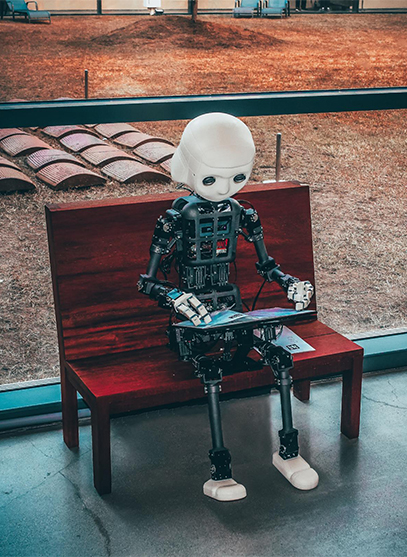Rare earths are the "vitamins" of modern industry, and the United States and Europe have listed them as key minerals and strategic materials, and their importance is self-evident. Recently, scientists in the United States and India have cooperated to use AI to develop a technology to find rare earth minerals, which can even be applied to mineral detection on other planets, or let human beings completely get rid of the "rareness" of rare earths.
Rare earth elements are a group of 17 elements that are unevenly distributed and difficult to separate on Earth, and they have a wide range of applications in modern technology, such as smart phones, wind power generation, electric vehicles, etc. However, the mining and utilization of rare earth elements also faces many challenges, such as environmental pollution, resource competition, market fluctuations, etc.Traditional rare earth detection methods mainly rely on geological exploration and sampling analysis, which require a lot of manpower, material resources and time, and are often limited by topographic, climatic and political factors.
A team from the Carnegie Institution of Sciences and the Indian Institute of Technology in Mumbai in the United States hopes to build an AI model for detecting rare earths, using the advantages of big data and machine learning to infer the possibility of the existence of rare earth elements in unexplored regions by analyzing the correlation between minerals.
In other words, sitting in the office, not moving your mouth or legs, that is, moving your fingers, directing the AI to sift through the database, and using the internal connection to infer possible rare earth mines. This method not only saves cost and time, but also expands the detection range and accuracy, and can even be applied to mineral detection of other planets.The scientists used a mineral evolution database of 29,6 mineral locations and 5478,<> mineral species as a source for the AI model. They then conducted validation experiments in the Tekopa Basin in the Mojave Desert, an area thought to resemble the Martian environment.
The results show that the AI model successfully predicts the potential locations of some geologically significant minerals and rare earth elements, such as uranium ore, Rutherfordite, Andersonite, Schrockingerite, Baileyite, Zippeite, neodymium-cerium monazite, cerium aluminumite and spodumene, indicating that the AI model has amazing accuracy and potential, which can't help but make people reverie about the future rare earth industry.
So, does AI's detection of rare earths mean that rare earths will no longer be rare in the future? The answer may not be that simple.On the one hand, AI detection of rare earths may find some new or underutilized rare earth resources, thereby increasing the supply and diversity of rare earths and reducing dependence on certain countries or regions.
But on the other hand, AI detection of rare earths can not completely solve the environmental and social problems caused by the mining and utilization of rare earths, such as pollution, waste, health risks, etc., rare earth refining technology is the real key.And with the continuous development of clean energy technology, the demand for rare earth elements is also growing, and it is likely to exceed the supply, which may make rare earth elements in short supply for a long time in the future.
Therefore, the United States and India use AI to find rare earth minerals is a technological innovation of great significance, providing new possibilities for the detection and utilization of rare earth elements, which may make it easier to find rare earth elements, so as to achieve the sustainable development of rare earth elements.




